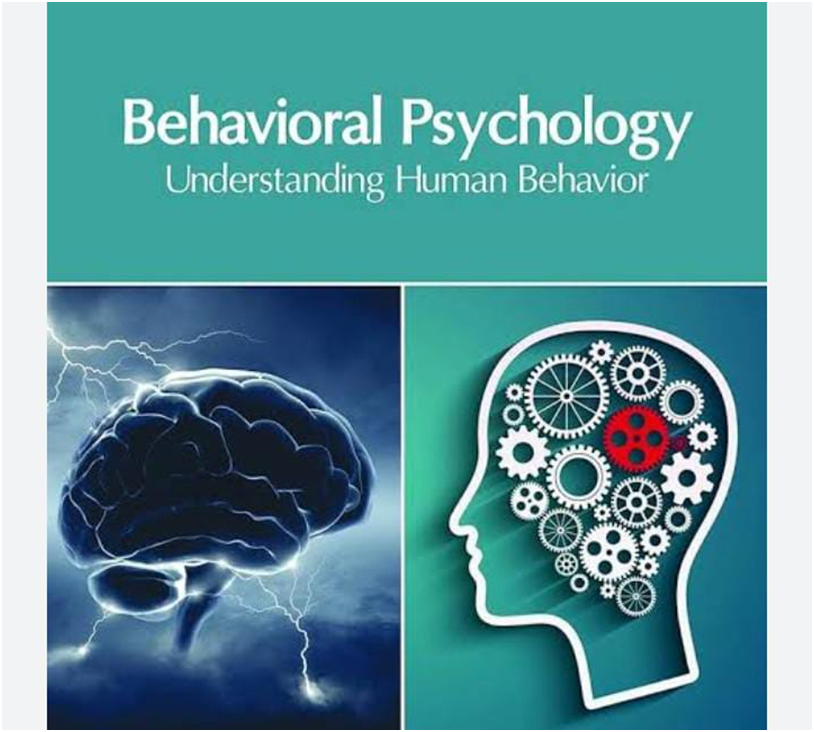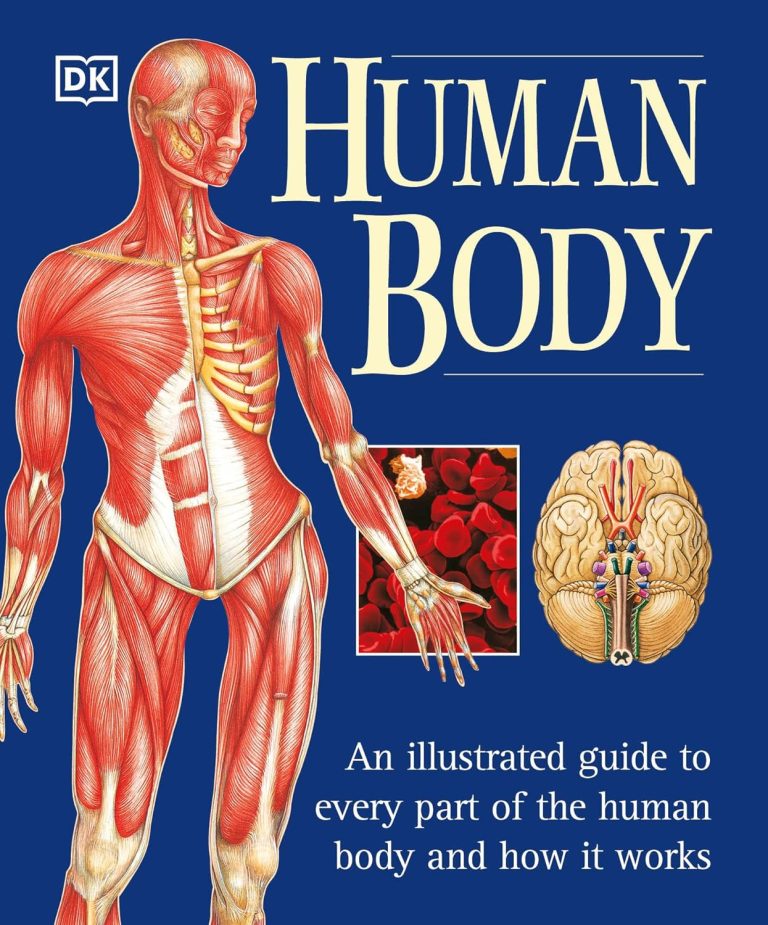
In today’s digital landscape, content is king. But what if you could make your content even more powerful by understanding how users actually interact with it? That’s where behavioral analytics comes in. By analyzing user behavior, you can gain insights into what works, what doesn’t, and how to refine your content for maximum impact.
This article will guide you through the process of using behavioral analytics to inform and improve your content updates. Whether you’re a marketer, content creator, or business owner, this approach can help you create more engaging, effective content that resonates with your audience.
What Is Behavioral Analytics and Why It Matters
Behavioral analytics is the practice of collecting and analyzing data about how users interact with your website, app, or digital content. It goes beyond traditional metrics like pageviews and bounce rates to provide deeper insights into user behavior, such as:
- Clicks and taps – Where do users click most often?
- Mouse movements – Which elements capture attention?
- Scroll depth – How far down the page do users go?
- Session replays – What are users doing as they navigate your site?
By leveraging these insights, you can understand what drives engagement, identify pain points, and optimize your content to better meet user needs.
For example, if a high percentage of users abandon a landing page before reaching the call-to-action (CTA), behavioral analytics can reveal why. Maybe the CTA is not prominent enough, or the content is too long. With this information, you can make targeted changes to improve conversion rates.
How Behavioral Analytics Impacts SEO Performance
While behavioral analytics isn’t directly tied to search engine algorithms, it plays a critical role in improving SEO performance. Search engines like Google use user engagement signals to determine the quality and relevance of content. Metrics like dwell time, bounce rate, and session duration are all influenced by how users interact with your content.
Here’s how behavioral analytics can influence SEO:
- Improved User Experience (UX) – Better UX leads to longer session durations and lower bounce rates, which are positive signals for search engines.
- Content Relevance – Understanding what users care about helps you create content that aligns with their interests and search intent.
- Keyword Optimization – Behavioral data can reveal which topics or phrases users engage with most, helping you refine your keyword strategy.
By integrating behavioral analytics into your SEO strategy, you can ensure that your content not only ranks well but also provides real value to your audience.
Step-by-Step Implementation Framework
1. Define or Audit the Current Situation
Before implementing behavioral analytics, start by understanding your current content performance. Use tools like Google Analytics, heatmaps, and session replays to gather baseline data.
- Identify key metrics: Track metrics like page views, bounce rate, average session duration, and conversion rates.
- Analyze user behavior: Use heatmaps to see where users click, scroll, and spend time on your pages.
- Review session replays: Watch recordings of user sessions to understand their journey and identify friction points.
2. Apply Tools, Methods, or Tactics
Choose the right tools to collect and analyze behavioral data. Some popular options include:
- Hotjar – For heatmaps, session recordings, and user feedback.
- Google Analytics – To track basic metrics and user flow.
- Mixpanel – For advanced event tracking and user segmentation.
- Crazy Egg – For visual heatmaps and scroll maps.
Once you have the right tools in place, start collecting data across your website or app.
3. Measure, Analyze, and Optimize
Use the data you’ve collected to identify areas for improvement. Here’s how to proceed:
- Identify patterns: Look for trends in user behavior, such as common drop-off points or high-engagement areas.
- Test hypotheses: Based on your findings, create hypotheses about what changes could improve user experience.
- Implement A/B testing: Test different versions of your content to see what performs best.
- Refine content: Use insights from your analysis to update and improve your content.
For example, if you notice that users frequently exit a blog post before reading the full article, consider shortening the introduction or adding a compelling hook to keep them engaged.
Real or Hypothetical Case Study

Let’s take a hypothetical example of a company that sells online courses. They noticed that many users were abandoning their checkout page without completing a purchase. Using behavioral analytics, they discovered that users were getting confused by the payment options and felt overwhelmed by the number of steps required to complete the purchase.
To address this, the company simplified the checkout process, reduced the number of steps, and added clear instructions. As a result, their conversion rate increased by 20%, and customer satisfaction improved significantly.
This case study highlights the power of behavioral analytics in identifying and solving real-world problems that affect user engagement and conversion.
Tools and Techniques for Behavioral Analytics
Here are some of the most effective tools and techniques for implementing behavioral analytics:
- Hotjar – Offers heatmaps, session recordings, and surveys to understand user behavior.
- Google Analytics – Provides detailed insights into traffic sources, user behavior, and conversion rates.
- Crazy Egg – Helps visualize user interactions with heatmaps and scroll maps.
- Mixpanel – Tracks user actions and helps analyze user journeys.
- UserTesting – Allows you to observe real users interacting with your website or app.
- Optimizely – Enables A/B testing to compare different versions of your content.
Each of these tools offers unique features that can help you gather valuable insights into user behavior and improve your content strategy.
Future Trends and AI Implications
As technology continues to evolve, the role of behavioral analytics in content optimization will become even more significant. AI and machine learning are already being used to predict user behavior and personalize content in real-time.
Future trends to watch include:
- Predictive analytics – Using AI to anticipate user needs and suggest content based on their behavior.
- Personalization – Delivering tailored content experiences that match individual user preferences.
- Voice and multimodal interactions – Understanding how users interact with content through voice commands and other modalities.
To stay ahead, focus on integrating AI-driven analytics into your content strategy. This will allow you to create more dynamic, responsive content that meets the evolving needs of your audience.
Key Takeaways
- Behavioral analytics provides deep insights into how users interact with your content.
- It helps identify pain points and opportunities for improvement.
- Using tools like heatmaps, session replays, and A/B testing can lead to more effective content updates.
- Improving user experience through behavioral data leads to better SEO performance and higher conversions.
- Stay ahead of the curve by embracing AI and predictive analytics in your content strategy.
By leveraging behavioral analytics, you can transform your content strategy and create experiences that truly resonate with your audience.
Meta Title: How to Use Behavioral Analytics to Guide Effective Content Updates
Meta Description: Learn how to use behavioral analytics to understand user behavior and improve your content strategy for better engagement and conversions.
SEO Tags (5): behavioral analytics, content optimization, user engagement, SEO strategy, content updates
Internal Link Suggestions: [Parameter #1: Content Strategy], [Parameter #2: User Experience Design], [Parameter #3: SEO Best Practices]
External Source Suggestions: https://www.hotjar.com/, https://analytics.google.com/, https://www.crazyegg.com/







